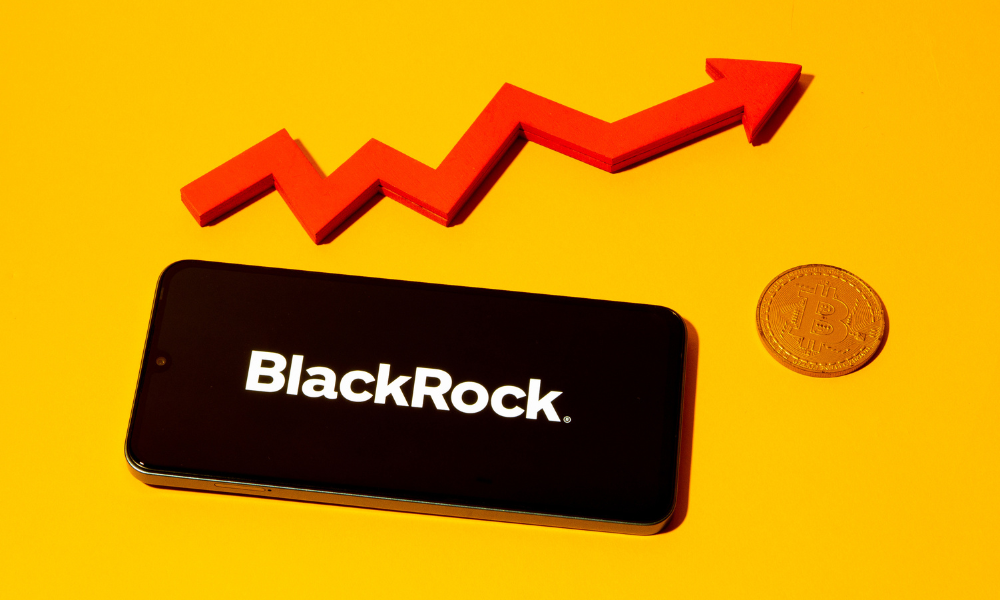Unlike other countries, Canada doesn't track how much potential tax revenue goes uncollected

Shortly after the release of records naming thousands of wealthy Canadians using offshore tax havens, the Canada Revenue Agency (CRA) promised to take “appropriate action.” But the agency’s capability is being called into question as it has long lagged counterparts in other countries in determining how much tax revenue Canada loses each year.
The US, the UK, Australia, and more than 10 other Western countries track their “tax gap,” which is the difference between the government’s potential tax revenue and how much it actually manages to collect. However, the CRA has failed to disclose or even track this figure, reported CBC News.
“The Canada Revenue Agency is the most incompetent department ... in the government of Canada,” Senator Percy Downe of P.E.I told CBC News and the Toronto Star.
Citing a 2017 report by the Conference Board of Canada, Downe said the tax gap could be as much as $47 billion a year. He added that aside from giving citizens a sense that the system really places importance on tax fairness — which has been cited as the reason behind proposed changes to the taxation of private corporations — tracking the tax gap could help the government recover billions of extra dollars that could be put to good use.
“There's lots of things the government could be doing … retiring debt, lower taxes, fund new programs," he said.
The Parliamentary Budget Office (PBO) has asked the CRA for raw data so that it could estimate how much in offshore, GST, and income taxes goes uncollected each year, but the CRA has responded with multiple objections.
In a 2013 letter to the Parliamentary Budget Office (PBO), former CRA Commissioner Andrew Treusch said “there is much debate about the precision, accuracy and utility of any methodology to calculate a tax gap.” In February 2014, the CRA cited concerns over sharing private data of Canadian taxpayers. The PBO then agreed to abide by strict privacy agreements and seek approval from the Federal Court, but by August 2014 the CRA insisted it would only provide limited data and demanded that the PBO pay $141,000 to process the request.
“We still don't have a global tax gap number,” said Parliamentary Budget Officer Jean-Denis Fréchette, who acknowledged that tremendous resources would be required in calculating Canada’s tax gap.
The CRA has begun releasing some figures reflecting its past tax revenue losses, including 2014 shortfalls of $4.9 billion in GST/HST collection from businesses and $8.9 billion in domestic income tax from individuals. But it still has no figures on the potential tax revenue lost to offshore tax havens, whether through tax evasion or aggressive tax-planning practices.
Related stories:
Delays plague CRA in midst of restructuring efforts
What is the 'fluctuation penalty' and why should the CRA fix it?
The US, the UK, Australia, and more than 10 other Western countries track their “tax gap,” which is the difference between the government’s potential tax revenue and how much it actually manages to collect. However, the CRA has failed to disclose or even track this figure, reported CBC News.
“The Canada Revenue Agency is the most incompetent department ... in the government of Canada,” Senator Percy Downe of P.E.I told CBC News and the Toronto Star.
Citing a 2017 report by the Conference Board of Canada, Downe said the tax gap could be as much as $47 billion a year. He added that aside from giving citizens a sense that the system really places importance on tax fairness — which has been cited as the reason behind proposed changes to the taxation of private corporations — tracking the tax gap could help the government recover billions of extra dollars that could be put to good use.
“There's lots of things the government could be doing … retiring debt, lower taxes, fund new programs," he said.
The Parliamentary Budget Office (PBO) has asked the CRA for raw data so that it could estimate how much in offshore, GST, and income taxes goes uncollected each year, but the CRA has responded with multiple objections.
In a 2013 letter to the Parliamentary Budget Office (PBO), former CRA Commissioner Andrew Treusch said “there is much debate about the precision, accuracy and utility of any methodology to calculate a tax gap.” In February 2014, the CRA cited concerns over sharing private data of Canadian taxpayers. The PBO then agreed to abide by strict privacy agreements and seek approval from the Federal Court, but by August 2014 the CRA insisted it would only provide limited data and demanded that the PBO pay $141,000 to process the request.
“We still don't have a global tax gap number,” said Parliamentary Budget Officer Jean-Denis Fréchette, who acknowledged that tremendous resources would be required in calculating Canada’s tax gap.
The CRA has begun releasing some figures reflecting its past tax revenue losses, including 2014 shortfalls of $4.9 billion in GST/HST collection from businesses and $8.9 billion in domestic income tax from individuals. But it still has no figures on the potential tax revenue lost to offshore tax havens, whether through tax evasion or aggressive tax-planning practices.
Related stories:
Delays plague CRA in midst of restructuring efforts
What is the 'fluctuation penalty' and why should the CRA fix it?



